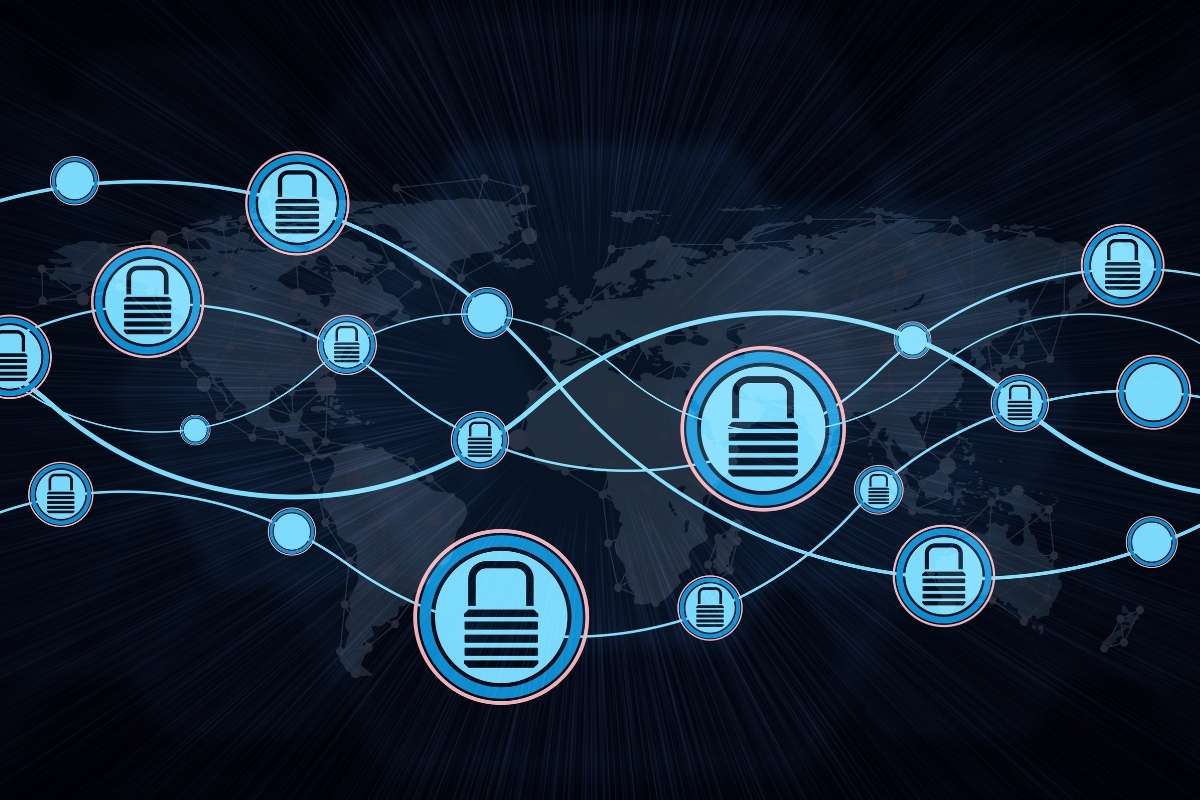(Source-apprentice.io)
Closing the Cybersecurity Skills Gap with GenAI
Gartner, a leading research and advisory company, has forecasted significant transformations in the cybersecurity domain. Among their predictions is the collapse of the cybersecurity skills gap and a reduction in employee-driven cybersecurity incidents through the adoption of generative AI (GenAI). This shift is expected to revolutionize how organizations approach cybersecurity, addressing longstanding challenges such as the shortage of skilled professionals and human error vulnerabilities.
Deepti Gopal, Director Analyst at Gartner, emphasized the importance of leveraging GenAI to tackle persistent cybersecurity issues. She highlighted the emergence of opportunities to mitigate the skills shortage and enhance security against human errors. Gopal emphasized that prioritizing the human element in cybersecurity strategies is essential for CISOs aiming to establish effective and sustainable cybersecurity programs.
Essential Assumptions for Strategic Cybersecurity Planning
Gartner has outlined crucial strategic planning assumptions for cybersecurity leaders over the next few years. By 2028, the widespread adoption of GenAI is expected to diminish the skills gap, eliminating the necessity for specialized education in half of entry-level cybersecurity positions. Furthermore, organizations integrating GenAI with a platforms-based architecture in security behavior and culture programs (SBCP) by 2026 could experience a 40% reduction in employee-driven cybersecurity incidents.
The incorporation of GenAI into cybersecurity strategies offers the potential for hyper-personalized engagement, tailoring content and training materials to individual employees. This approach aims to foster secure behaviors among staff members, thereby mitigating cybersecurity risks stemming from human errors. Gartner recommends organizations assess their current security awareness partners to determine their integration of GenAI into solution roadmaps.
Additionally, Gartner advises that by 2027, 70% of organizations will combine data loss prevention and insider risk management disciplines with IAM context to enhance the identification of suspicious behavior. This integrated approach enables security teams to create a unified policy for data security and insider risk mitigation, thereby bolstering overall cybersecurity measures.
Addressing Legal Exposure and Battling Malinformation
In response to evolving legal landscapes, Gartner predicts that by 2027, two-thirds of the global top 100 organizations will extend directors and officers (D&O) insurance to cybersecurity leaders due to personal legal exposure. The introduction of new laws and regulations, such as the SEC’s cybersecurity disclosure rules, necessitates updated roles and responsibilities for cybersecurity leaders. Gartner recommends organizations explore D&O insurance coverage to mitigate personal liability and legal expenses associated with cybersecurity leadership.
Furthermore, Gartner anticipates that by 2028, enterprises will spend over $500 billion combating malinformation, diverting resources from marketing and cybersecurity budgets. The proliferation of AI, analytics, and other technologies empowers malicious actors to disseminate tailored misinformation at scale. To combat this threat effectively, CISOs are advised to define and execute enterprise-wide anti-malinformation programs and invest in tools and techniques to bolster resilience against such attacks.
Gartner’s insights underscore the imperative for organizations to adapt to the evolving cybersecurity landscape, leveraging GenAI, strategic planning, and risk management measures to fortify their defenses against emerging threats.






